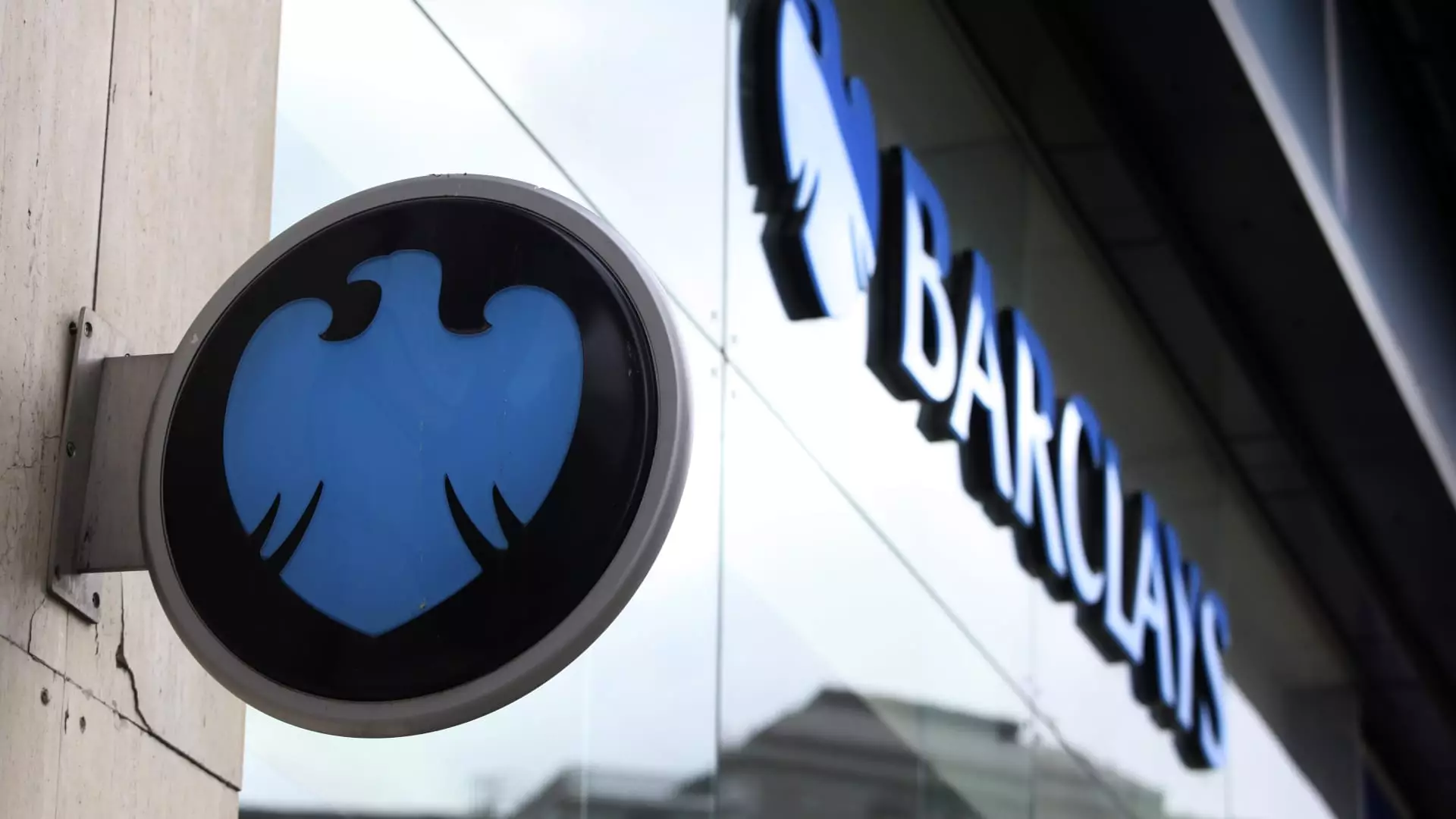On Thursday, Barclays showcased a commendable rise in its full-year pre-tax profit, a performance that surpassed analyst predictions, albeit only slightly. The bank recorded a 24% increase, reporting a pre-tax profit of £8.108 billion for 2024. While the figure just edged above the analyst forecast of £8.081 billion, it underscores the bank’s capacity to navigate market uncertainties and deliver solid financial results. Similarly, the net profit attributable to shareholders also saw a 24% hike, reaching £5.316 billion, although it did fall short of the anticipated £5.449 billion.
The robust profit figures are indicative of Barclays’ strategic focus and adaptive management, which have enabled the institution to capitalize on selected market opportunities while steering through economic volatility.
In a move aimed at amplifying shareholder value, Barclays announced a £1 billion ($1.25 billion) share buyback program. This decision reflects the bank’s commitment to return capital to its shareholders, amidst improving performance metrics. Such programs are crucial, as they signal to investors that the bank is generating sufficient capital to enhance shareholder returns while continuing investments in core business operations.
The decision to initiate a share buyback also came as the bank monitored its fourth-quarter attributable profit, which stood at £965 million, slightly below the analyst estimate of £994 million. Even as quarterly earnings did not fully meet projections, Barclays’ overall annual performance provided a positive narrative for investors.
Barclays has embarked on a strategic transformation aimed at reducing expenses by £2 billion by 2026. This initiative is part of a broader objective to stabilize financial returns and elevate shareholder returns, refining its focus towards more profitable consumer and lending operations. Notably, the bank has also integrated the retail banking business of Tesco, enhancing its product offerings and market reach in a competitive landscape.
The performance of Barclays’ core banking units reflects this strategy, with significant year-on-year revenue increases: the investment and retail banking units reported increases of 28% and 46%, amounting to £2.61 billion and £2.62 billion, respectively. This focus on core competencies is essential, especially given the pressures facing many banks today.
The overall banking landscape in the UK faces challenging dynamics, including sluggish economic performance and a notable decline in IPO activities on the London Stock Exchange. Recent movements, such as HSBC’s decision to withdraw from several markets as part of a wider restructuring, have inadvertently opened up competitive space for Barclays in domestic investment banking.
Furthermore, Barclays has been recovering from a significant three-day technology outage, which caused disruptions in payments and transactions. Resolving such issues promptly is critical for maintaining customer trust and operational integrity, especially in a rapidly digitizing financial environment. The bank’s ability to mitigate the impact of these disruptions will be crucial as it moves forward.
The UK’s economic outlook remains tentative, especially after the Bank of England’s recent rate cut that is anticipated to continue into 2025. Such monetary easing poses challenges for banks, as lower rates can narrow the margins between the interest earned from loans and the interest paid on deposits, often leading to diminished profitability.
In response, UK Finance Minister Rachel Reeves is advocating for a balance between competitiveness and consumer protection, with an eye on the forthcoming Financial Services Growth and Competitiveness Strategy. This policy framework may provide an essential roadmap for financial institutions, including Barclays, as they seek to navigate the delicate balance of profitability and regulatory compliance.
As Barclays positions itself for future growth amidst these dynamics, its recent performance and strategic initiatives highlight a proactive approach to maintaining resilience in an evolving financial landscape. Moving forward, the bank will need to continue leveraging its strengths while adapting to both market opportunities and challenges.

